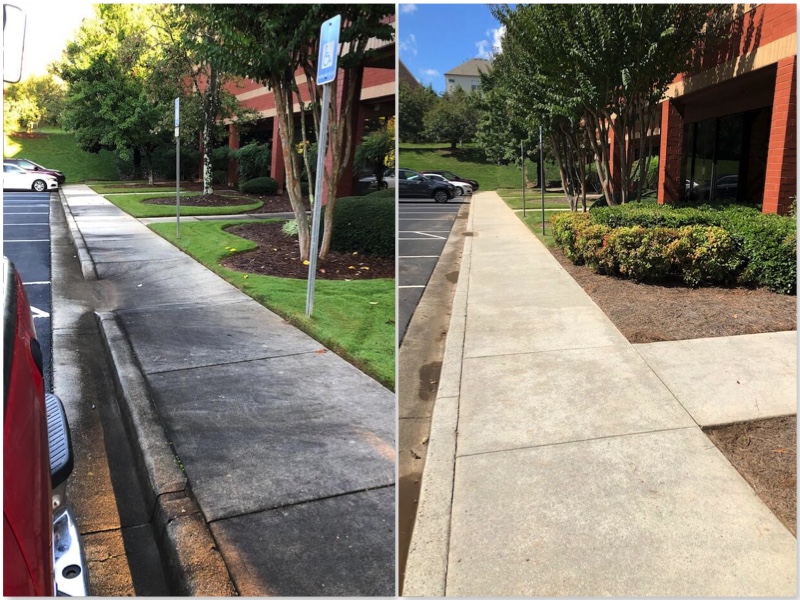As the world increasingly embraces renewable energy sources, solar power has emerged as a popular choice for sustainable electricity generation. Rooftop solar installations are gaining momentum due to their ability to harness the power of the sun while utilizing available space efficiently. Among the various mounting systems available, ballasted systems have proven to be a game-changer in rooftop solar installations. In this article, we will delve into the advantages offered by ballasted systems and how they contribute to the success of rooftop solar projects.
Understanding Ballasted Systems
Ballasted systems refer to a type of solar panel mounting system that utilizes weighted ballasts instead of drilling or penetrating the rooftop surface. These ballasts are strategically placed to provide stability and secure the solar panels in place. Unlike traditional mounting methods that require roof penetrations, ballasted systems offer a non-intrusive approach, minimizing potential damage to the roof.
Advantages of Ballasted Systems
1. Preservation of Roof Integrity
One of the primary advantages of ballasted systems is their ability to preserve the integrity of the rooftop. By avoiding the need for roof penetrations, these systems eliminate the risk of water leakage, structural damage, and potential voiding of roof warranties. This advantage is particularly significant for buildings with delicate or specialized roofing materials, such as historic structures or buildings with green roofs.
2. Ease of Installation and Relocation
Ballasted systems are designed for easy installation and relocation, making them highly flexible. The absence of roof penetrations simplifies the installation process, reducing labor time and costs. Furthermore, if the solar panels need to be relocated, ballasted systems can be disassembled and reinstalled at a new location, making them suitable for leased or temporary spaces.
3. Enhanced Maintenance and Accessibility
Maintaining and cleaning solar panels can be a cumbersome task. However, ballasted systems provide enhanced accessibility for maintenance purposes. The absence of roof penetrations allows easy access to the panels, facilitating routine inspections, cleaning, and repairs. This advantage significantly reduces maintenance costs and ensures optimal performance of the solar installation.
Considerations for Ballasted Systems
While ballasted systems offer numerous advantages, certain considerations should be kept in mind during the planning and implementation stages:
- Roof Load-Bearing Capacity: Before installing a ballasted system, it is crucial to assess the roof’s load-bearing capacity to ensure it can support the additional weight of the ballasts and solar panels.
- Structural Stability: The structural integrity of the building should be evaluated to determine its ability to withstand the additional wind uplift forces that may occur with ballasted systems.
- Local Building Codes and Regulations: It is essential to consult local building codes and regulations to ensure compliance and obtain the necessary permits for the installation of ballasted systems.
Conclusion
Ballasted systems have revolutionized rooftop solar installations by offering significant advantages over traditional mounting methods. With their non-intrusive design, preservation of roof integrity, ease of installation and relocation, and enhanced maintenance accessibility, ballasted systems have become a preferred choice for many solar projects. However, it is important to consider factors such as roof load-bearing capacity, structural stability, and local regulations to ensure a successful and compliant installation. As we move towards a greener future, ballasted systems will continue to play a pivotal role in maximizing the potential of rooftop solar power.



